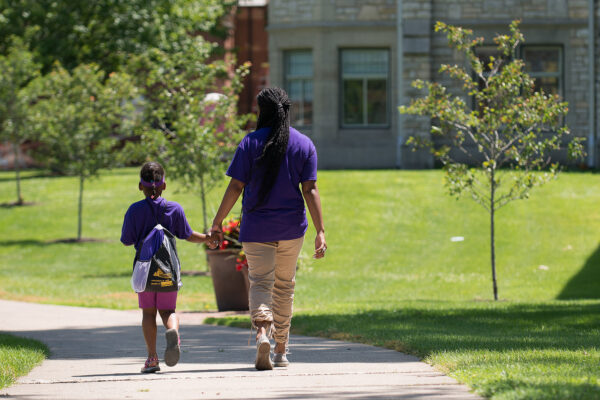Understanding and Responding to the Financial Struggles of Student Parents
Title: Underwater: Student Mothers and Fathers Struggle to Support their Families and Pay Off College Loans
Authors: Afet Dundar, Lauren A. Tighe, and Jennifer Turner
Source: Institute for Women’s Policy Research (IWPR)
Nearly one in five U.S. undergraduate students are either parents, guardians, or pregnant while in college. Despite their significant presence on campus, student parents are often overlooked in governmental and institutional policies, particularly those focused on college affordability. The lack of targeted or specialized governmental and institutional support for student parents contributes to their low persistence and degree acquisition rates. Over 50 percent of student parents pursuing higher education for the first time leave without a degree or credential within 6 years of enrollment.
In a new brief, the Institute for Women’s Policy Research (IWPR) shares findings from a national survey focused on student parents’ financial challenges and comparisons between student parents’ and non-parenting students’ financial circumstances, behaviors, and decisions related to funding or paying for their education. This survey was conducted in spring 2022 and collected responses from over 2,000 adults with some form of postsecondary education.
Key findings from the survey include:
Differences in enrollment patterns between parenting and non-parenting students: Student parents are more likely to enroll in community colleges or two-year institutions and pursue short-term credentials than non-parenting students, who typically enroll in four-year institutions.
Differences in funding and borrowing behaviors between parenting and non-parenting students: Student parents are more likely to rely on external funding sources (e.g., student loans, scholarships or grants, and income) to cover tuition and other educational expenses than non-parenting students, who are more likely to fund their education through savings. Student parents are 25 percent more likely to utilize student loans and are more likely to struggle with loan repayment than non-parenting students.
Differences in enrollment and funding behaviors within student parent subpopulation: Student mothers are more likely to attend community colleges and enroll in either associate degree or short-term credentialing programs than student fathers, who are more likely to initially enroll in four-year institutions and pursue bachelor’s degrees. Student mothers, particularly Black student mothers, were better able to secure scholarships and other sources of financial aid that did not require repayment than student fathers. However, student mothers were also more likely to report basic needs insecurity. Student fathers were more likely to take out student loans than student mothers, likely due to the greater cost of attending a four-year college or university compared to a community college; however, student fathers were less likely to struggle with loan repayment.
Based on these findings, IWPR offers these policy recommendations:
- Increase federal financial support for student parents, e.g., increase Pell Grant awards and federal student debt relief.
- Increase funding for childcare centers and other institutional support programs for student parents and consider childcare costs in institutional financial aid award calculations.
- Consider and address gender and racial disparities within the student parent population when creating policy.
To read the full brief, click here.
—Alyssa Stefanese Yates
If you have any questions or comments about this blog post, please contact us.


